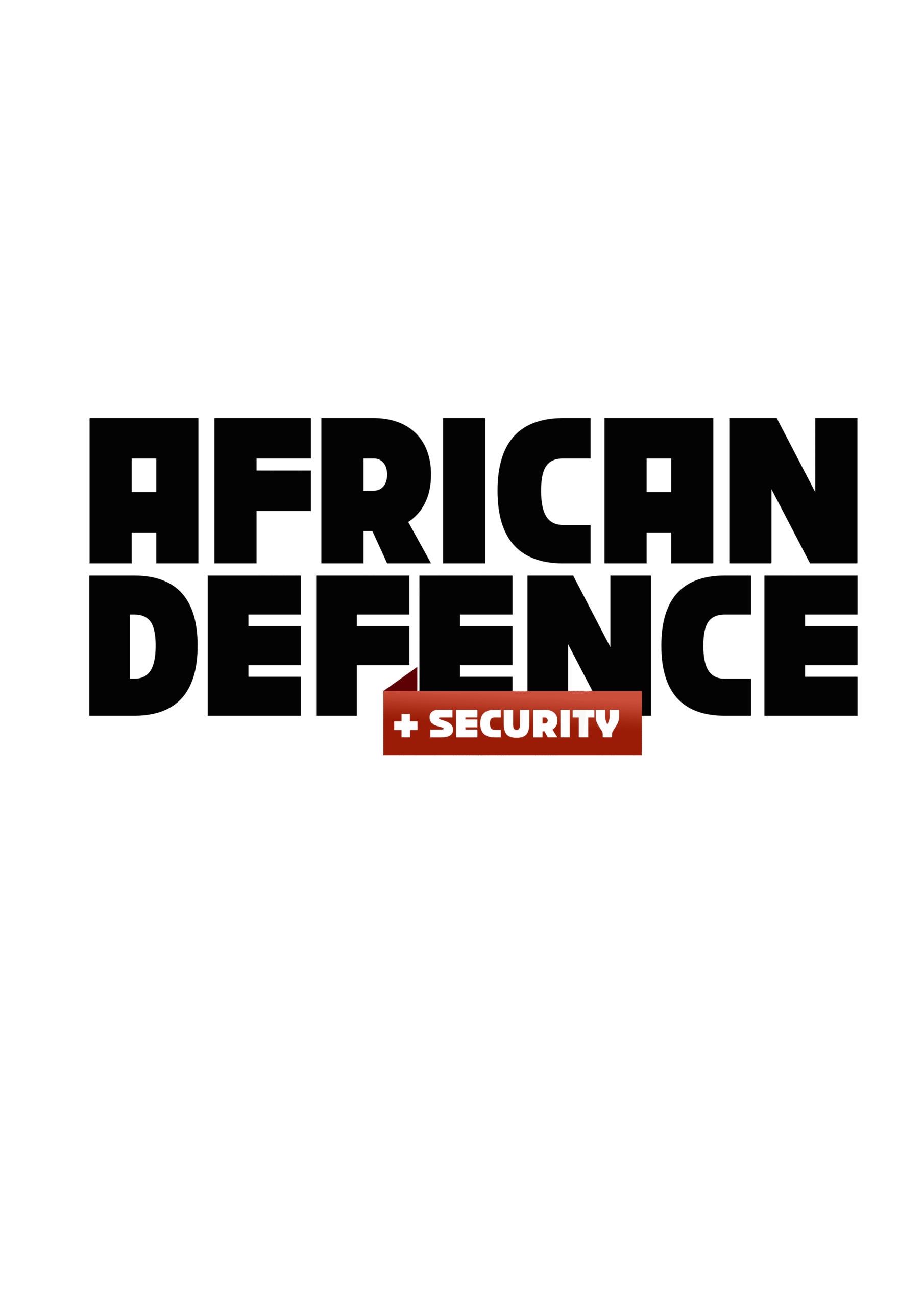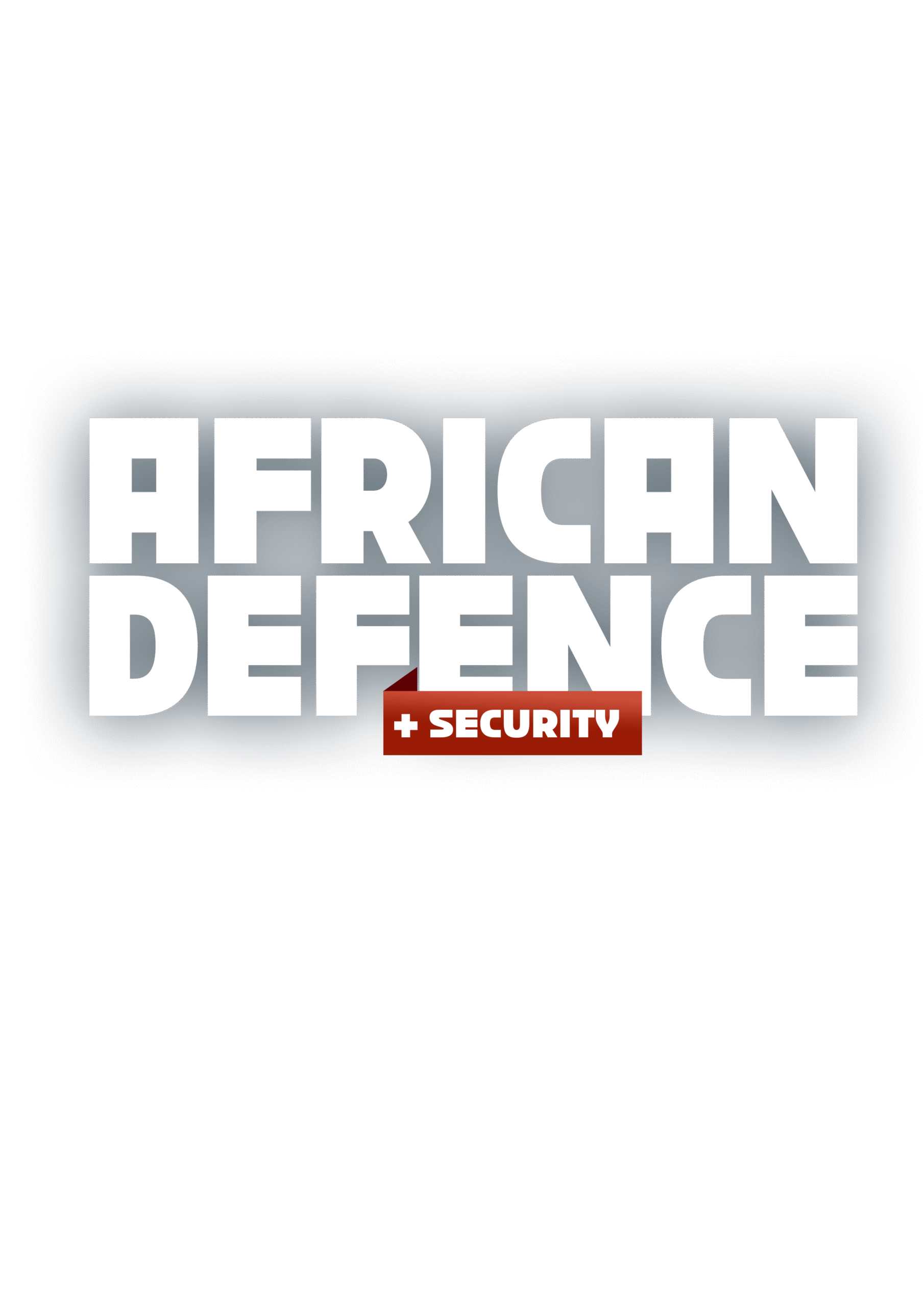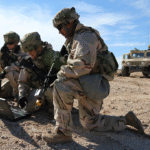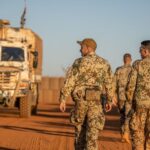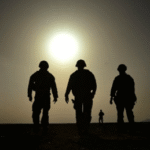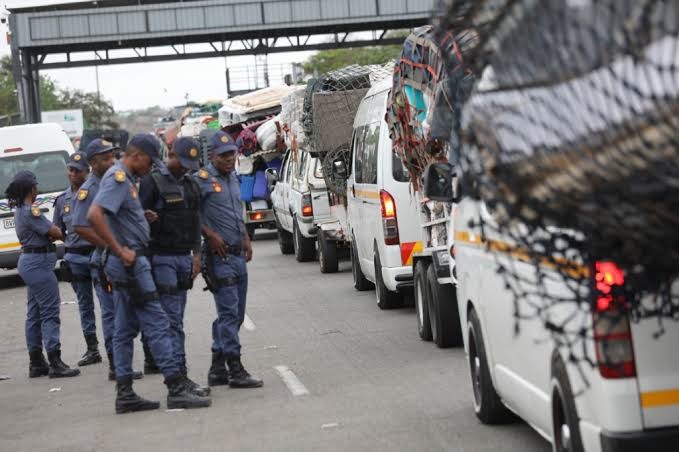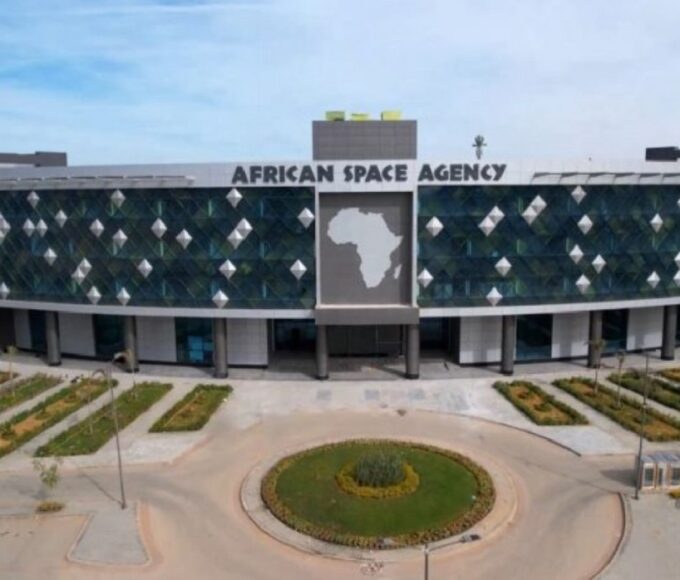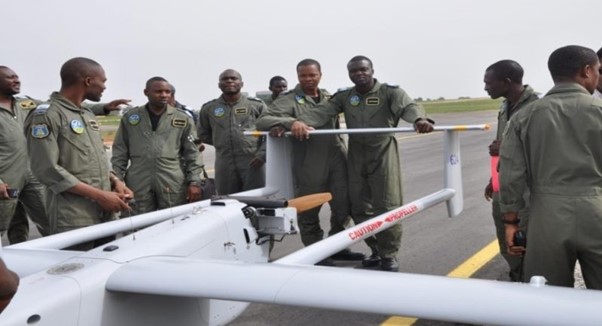Counterinsurgency in the Age of Social Media: Hashtag Wars and the Battle for Minds
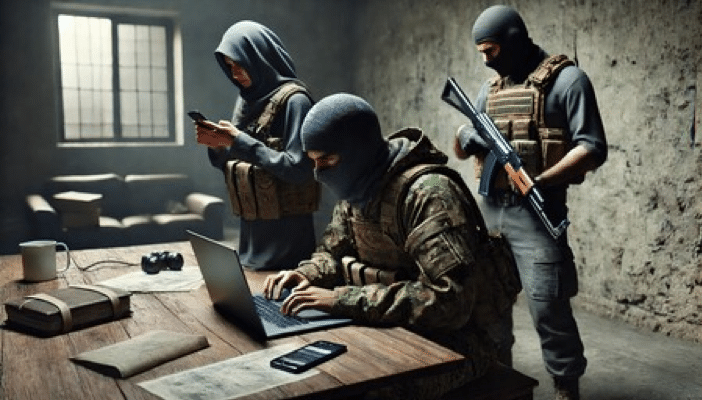
At 2:37 a.m. on a humid night in northern Mozambique, a short, grainy video appeared on Telegram. It showed a group of armed men — faces covered, rifles raised — declaring allegiance to the so-called Islamic State. The clip, filmed somewhere in the dense forests of Cabo Delgado province, was barely 40 seconds long. By sunrise, it had been reposted thousands of times on WhatsApp, tweeted with commentary in Swahili, Arabic, and Portuguese, and translated into English by sympathetic accounts overseas.
The attack it referenced — on a small coastal town — was still ongoing when the footage went viral. For Mozambique’s security forces, this meant the battle was now being fought not only in streets and alleys but also in the fast-moving, borderless arena of social media.
The New Frontline: Digital Influence
African counterinsurgency (COIN) efforts have long revolved around physical dominance: securing villages, patrolling roads, dismantling supply chains. But in the past decade, a parallel battlefield has emerged — one where the metrics are not territory held, but narratives shaped, fears amplified, and loyalties swayed.
In Somalia, Al-Shabaab’s media wing produces polished videos with drone footage, carefully edited to convey control and inevitability. In Nigeria, Boko Haram factions have shifted from clumsy propaganda to slick productions with targeted messages for rural youth and urban diaspora alike.
These online campaigns aim to:
- Recruit – showcasing fighters’ lives as purposeful and heroic.
- Intimidate – spreading fear before physical attacks.
- Discredit – portraying government forces as corrupt, abusive, or incompetent.
- Mobilise – encouraging protests or riots to stretch security forces thin.
Case Studies in the African Context
Nigeria – #BringBackOurGirls and Beyond
When Boko Haram kidnapped 276 schoolgirls from Chibok in 2014, the insurgents initially underestimated the impact of global outrage fuelled by the hashtag #BringBackOurGirls. Yet they quickly adapted, using their captives in propaganda videos to taunt the Nigerian government and sustain attention on their cause. For Nigerian security planners, the lesson was double-edged: social media could rally global support for victims but also serve as a megaphone for insurgent messaging.
Ethiopia – Tigray Conflict
During the 2020–2022 civil war, Twitter became a frontline. Both sides pushed competing casualty figures, battlefield maps, and atrocity claims. Diaspora activists amplified selective narratives, making it harder for outsiders to distinguish fact from misinformation.
Mozambique – Cabo Delgado
Islamist militants used Telegram channels not just for propaganda but for operational coordination, with coded signals embedded in seemingly ordinary posts. This forced Mozambican and allied security forces to monitor digital chatter as closely as they patrolled roads.
The Risks of Ignoring the Digital Theatre
Governments that treat social media as a distraction, rather than a core COIN domain, face strategic disadvantages:
- Information Vacuums – When official updates are slow or absent, insurgents fill the gap with their own version of events.
- Rumour Cascades – False reports of massacres or army retreats can spread faster than corrections, undermining morale.
- Recruitment Pipelines – A single viral video can inspire lone actors hundreds of miles from the main conflict zone.
Tactics for Countering Online Insurgency Messaging
African militaries and intelligence services are experimenting with approaches that balance speed, credibility, and restraint:
- Rapid-Response Fact-Checking – Dedicated teams to verify events within hours and push corrections to journalists and community influencers.
- Counter-Narratives – Using respected local voices, not just government spokespeople, to challenge extremist framing.
- Digital Disruption – Coordinated takedowns of propaganda accounts, sometimes in partnership with global tech firms.
- Content Pre-Bunking – Warning communities about likely disinformation before insurgents post it.
In Kenya’s fight against Al-Shabaab, police social media units have learned to pair immediate factual updates with culturally resonant messaging — using Swahili proverbs or faith-based appeals to undercut extremist narratives.
When States Misstep
Not all state digital responses are effective — or benign. Heavy-handed censorship can backfire, driving conversations into encrypted channels where monitoring is harder. Disinformation campaigns by state actors, such as inflating kill counts or denying civilian harm in the face of evidence, can erode long-term credibility.
In Cameroon’s Anglophone crisis, attempts to suppress online reporting by shutting down the internet in entire regions only deepened resentment and boosted separatist claims of state repression.
Tech, AI, and the Next Phase of COIN
Artificial intelligence tools are starting to play a bigger role:
- Sentiment Analysis – Mapping online mood shifts to anticipate flashpoints.
- Deepfake Detection – Countering manipulated audio or video meant to implicate security forces in crimes.
- Bot Network Tracing – Identifying and dismantling coordinated propaganda swarms.
However, insurgents are also experimenting with AI — from auto-generating propaganda in multiple languages to producing fake images of battlefield “victories.” The arms race is as much digital as kinetic.
Global Lessons for Africa
Iraq & Syria (ISIS) – Demonstrated the power of decentralised media cells and “crowd-sourced” propaganda production, a model now emulated by smaller African insurgencies.
Philippines (Marawi Siege, 2017) – Government used daily briefings and social media livestreams to counter militant narratives in real time, preventing misinformation from gaining dominance.
Colombia (FARC) – Post-peace deal, both sides used social media to frame the agreement — a reminder that the information battle continues even after shooting stops.
SNAPSHOT: Major Social Media Fronts in African Conflicts (2014–2024)
- Nigeria – Boko Haram and ISWAP recruitment videos; countered by military updates on X (formerly Twitter) and Facebook.
- Somalia – Al-Shabaab’s Al-Kataib media network targeting youth in Somali diaspora communities.
- Ethiopia – Tigray war narratives fought through diaspora-led Twitter campaigns.
- Mozambique – Cabo Delgado militants’ encrypted Telegram propaganda.
- Cameroon – Anglophone separatists livestreaming clashes to global audiences.
Balancing Control and Openness
Effective COIN in the digital age requires a paradox: security forces must act fast, but with verified accuracy; they must dominate the online space without appearing to suffocate it. This demands coordination across military, civilian, and tech sectors, and an understanding that every phone is both a camera and a broadcast tower.
As one Kenyan security analyst put it: “You can clear a road of IEDs in the morning, but by nightfall an insurgent video can undo all that progress in people’s minds.”
The Hashtag Battlefield Is Real
Social media has transformed counterinsurgency from a matter of boots on the ground to clicks on a feed. In Africa’s conflicts — where contested narratives often shape international support, donor funding, and local morale — this shift is not optional to address.
The fight for territory will always matter. But in 2025 and beyond, the fight for timelines, hashtags, and digital trust may decide whether counterinsurgency campaigns hold or crumble.
- African military information warfare
- Al-Shabaab media operations
- Boko Haram propaganda tactics
- Cabo Delgado insurgency online
- Counterinsurgency in Africa
- Digital counterterrorism strategies
- Disinformation in African conflicts
- Hashtag wars counterinsurgency
- Social media warfare Africa
- Terrorist recruitment via social media
King Richard Igimoh, Group Editor ALO
King Richard Igimoh, Group Editor African Leadership Organisation is an award-winning journalist, editor, and publisher with over two decades of expertise in political, defence, and international affairs reporting. As Group Editor of the African Leadership Organisation—publishers of African Leadership Magazine, African Defence & Security Magazine, and Africa Projects Magazine—he delivers incisive coverage that amplifies Africa’s voice in global security, policy, and leadership discourse. He provides frontline editorial coverage of high-profile international events, including the ALM Persons of the Year, the African Summit, and the African Business and Leadership Awards (ABLA) in London, as well as the International Forum for African and Caribbean Leadership (IFAL) in New York City during the United Nations General Assembly.
Recent Posts
Categories
- Air & Aerospace16
- Border Security15
- Civil Security4
- Civil Wars4
- Crisis5
- Cyber Security8
- Defense18
- Diplomacy19
- Entrepreneurship1
- Events5
- Global Security Watch6
- Industry8
- Land & Army8
- Leadership & Training5
- Military Aviation4
- Military History27
- Military Speeches1
- More1
- Naval & Maritime9
- Resources2
- Security12
- Special Forces1
- Systems And Technology9
- Tech6
- Uncategorized3
- UNSC1
- Veterans6
- Women in Defence9
Related Articles
SYSTEMS & TECHNOLOGY – THE CASE FOR SMART BORDERS IN AFRICA
On the continent of Africa, vast and varied landscape, borders often act...
ByKing Richard Igimoh, Group Editor ALODecember 11, 2025SYSTEMS & TECHNOLOGY – AFRICAN SATELLITE PROGRAMS: STRATEGIC GAME CHANGERS?
Across Africa’s 30 million square kilometers where borders stretch thin and climate...
ByKing Richard Igimoh, Group Editor ALONovember 19, 2025THE EVOLVING CYBERSECURITY FRONTIER IN AFRICA
Africa’s cybersecurity landscape is rapidly transforming as digital adoption surges across the...
ByKing Richard Igimoh, Group Editor ALOSeptember 5, 2025Unmanned Warfare: The Future of African Air and Land Defence Systems
Unmanned systems are rapidly redefining how African militaries approach reconnaissance, strike capability,...
Byadmag_adminJuly 3, 2025